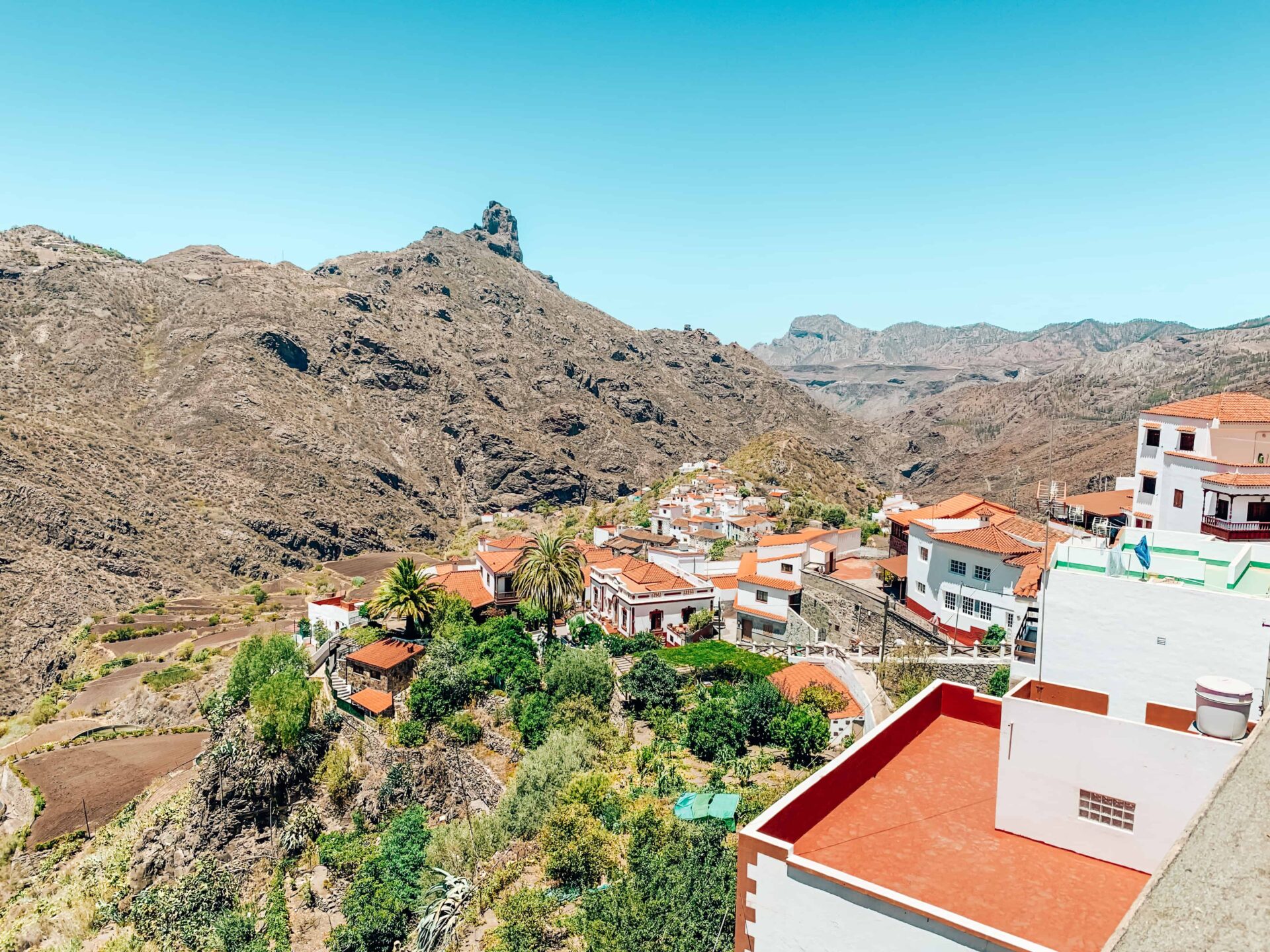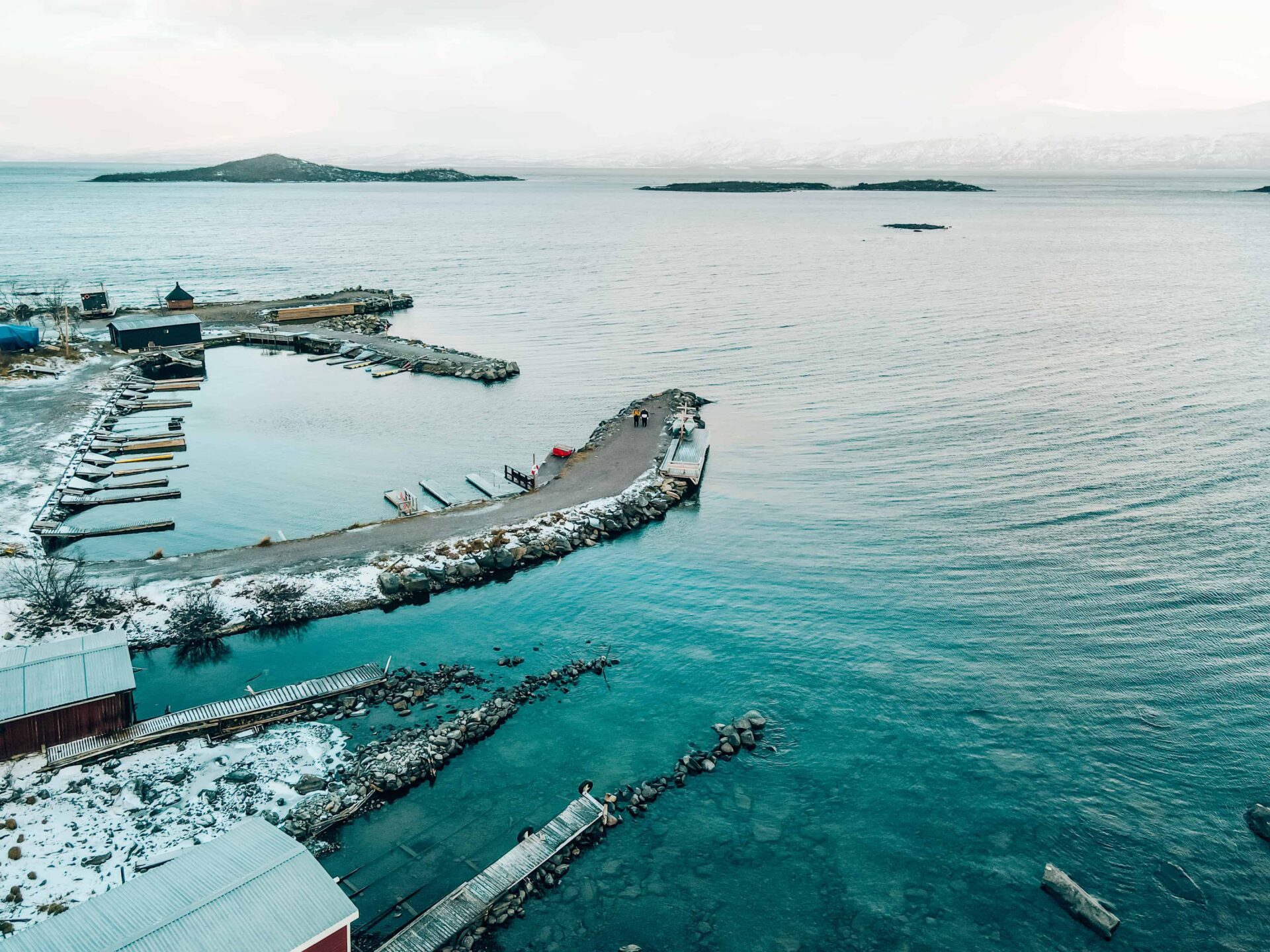Snorkeling is one of the most accessible and enjoyable ways to experience the underwater world! Whether you want to snorkel in a nearby lake or explore the blue depths at a distant destination, snorkeling is always an option! We always bring a snorkel set so we can marvel at the beautiful underwater world at the first opportunity!
Unfortunately, there are also many people who have tried snorkeling but found it disappointing. A diving mask that leaks and has to be so tight that it is no longer comfortable. A bad snorkel that causes you to inhale a (salty) gulp of water regularly. With the greatest difficulty, not knowing how to stay underwater. These are all examples of reasons why some will never see the pleasure and relaxation of snorkeling. But with the right snorkeling gear and these five tips, snorkeling will be fantastic for you!
Protect your feet
This is probably not the first thing you think of when snorkeling, but many snorkelers will underline this tip. You snorkel to observe the beautiful underwater life and therefore often near a rough bottom. Fish and other organisms usually reside between rough stones, coral, wrecks, and so on. Depending on your destination, you may also find sea urchins or other bottom animals that you would rather not come into contact with.
When snorkeling, you mainly look ahead and paddle around as needed, sometimes inevitably colliding with your surroundings. When snorkeling, it is advisable to wear snorkeling fins for various reasons. However, if you do not use them, be sure to wear water shoes! We use these flexible water shoes ourselves. They have a sturdy sole that protects your feet from all these discomforts, while being flexible enough to swim comfortably.
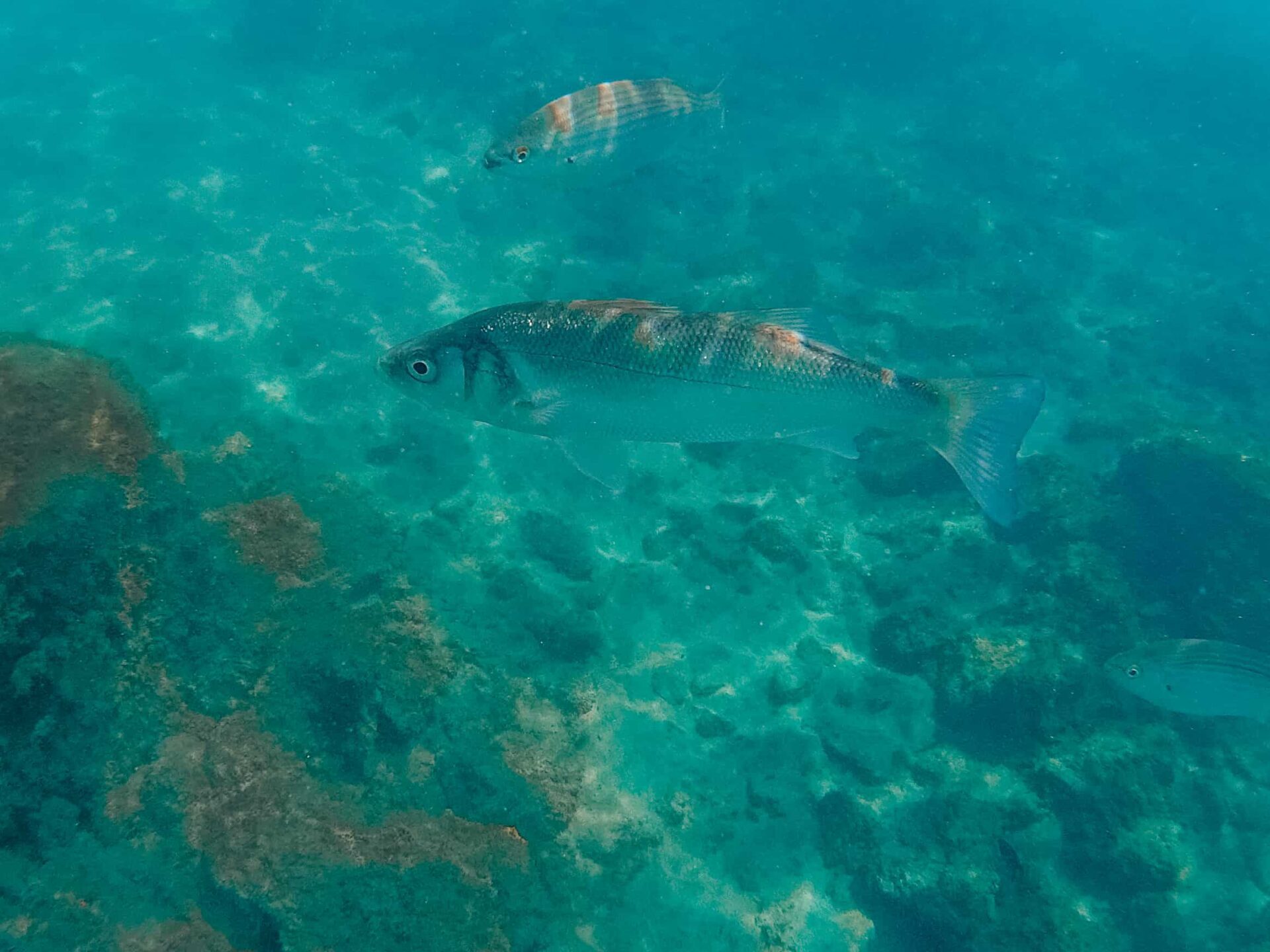
Dress for the temperature and conditions
When you, like us, want to explore the underwater world at every new destination, realize that the climate and conditions vary. Always check first if snorkeling is allowed and if it is safe. You don’t want to end up in a busy shipping route or in a (too) strong current. In addition to these matters, you will notice that water temperatures can vary greatly. Also, in some beautiful snorkeling locations, many and often jellyfish occur.
A suitable wetsuit provides protection in colder waters and against jellyfish. At the same time, a wetsuit in combination with a swim cap can also be useful in warm and sunny conditions; you won’t be the first to get seriously sunburned after an hour of swimming with your back to the sun. Wetsuits, like most travel gear, range from very cheap to very professional (and expensive). Our experience is that a simple wetsuit is more than suitable for both beginner and advanced snorkelers.
Choose a well-fitting snorkeling set
Snorkel masks come in various shapes and sizes. You often see separate goggles and snorkels, but also full-face masks. We are huge fans of this full-face snorkel mask from Decathlon. First of all, the mask has a snorkel that comes up high above the head, allowing you to breathe more easily than with many comparable snorkels. Because it is a full-face mask, you can continue to breathe through your nose and mouth as you are used to. Especially if you are snorkeling actively and breathing more heavily, this is a great advantage compared to other snorkels that you have to hold in your mouth.
Other major advantages are that the special design prevents condensation. Nothing is as annoying as goggles that keep fogging up! We also find the seal of the mask to be surprisingly good, even for Goort with a beard, the mask seals airtight. If water does get into your mask, it will run out through the one-way valves so you don’t have to take it off. In short, a fantastic mask and certainly for that price! However, you should be aware that you cannot dive very deep with the mask. This is because the pressure on the face increases due to the larger amount of air in the mask compared to simple diving goggles. However, most (recreational) snorkelers do not experience any inconvenience or limitations from this.
Another big advantage is that you can take the snorkel off the lightweight mask, so that it takes up much less space in your bag or suitcase! As icing on the cake, you can attach your (action) camera to it with a simple bracket to immediately capture all the underwater beauty while you snorkel. This way you keep your hands free for swimming and your image remains stable! We attach our Sony Action Camera to it. Read all about this action camera here.
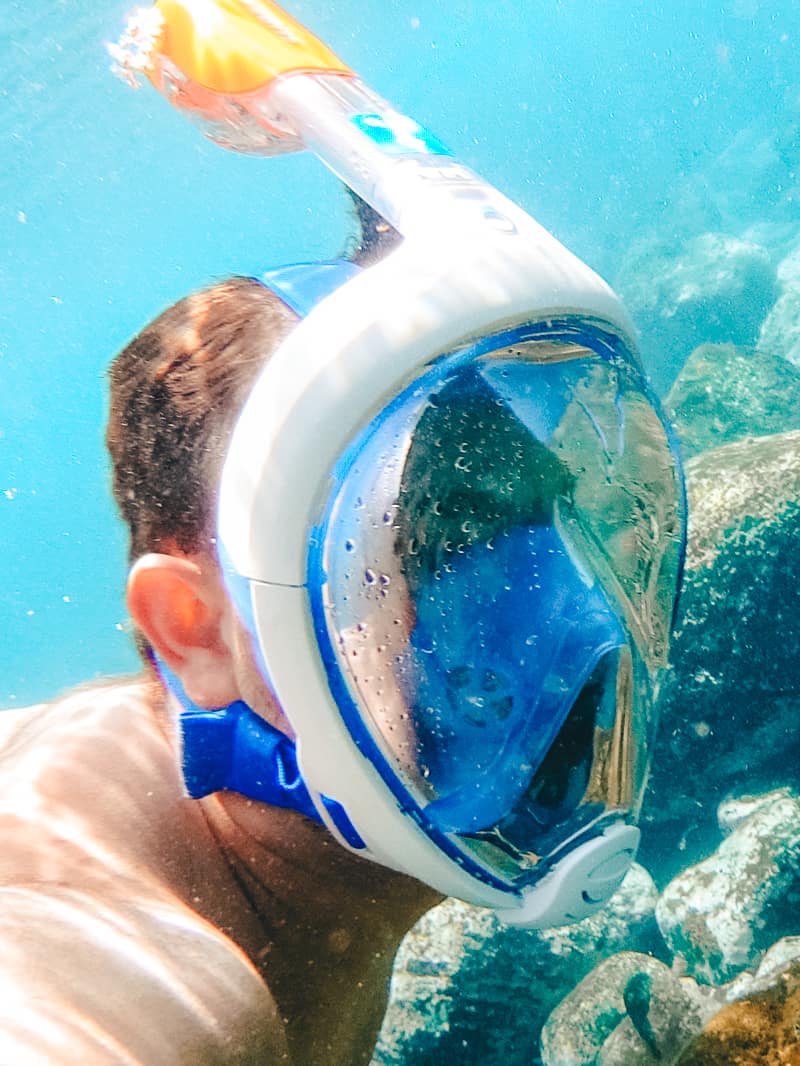
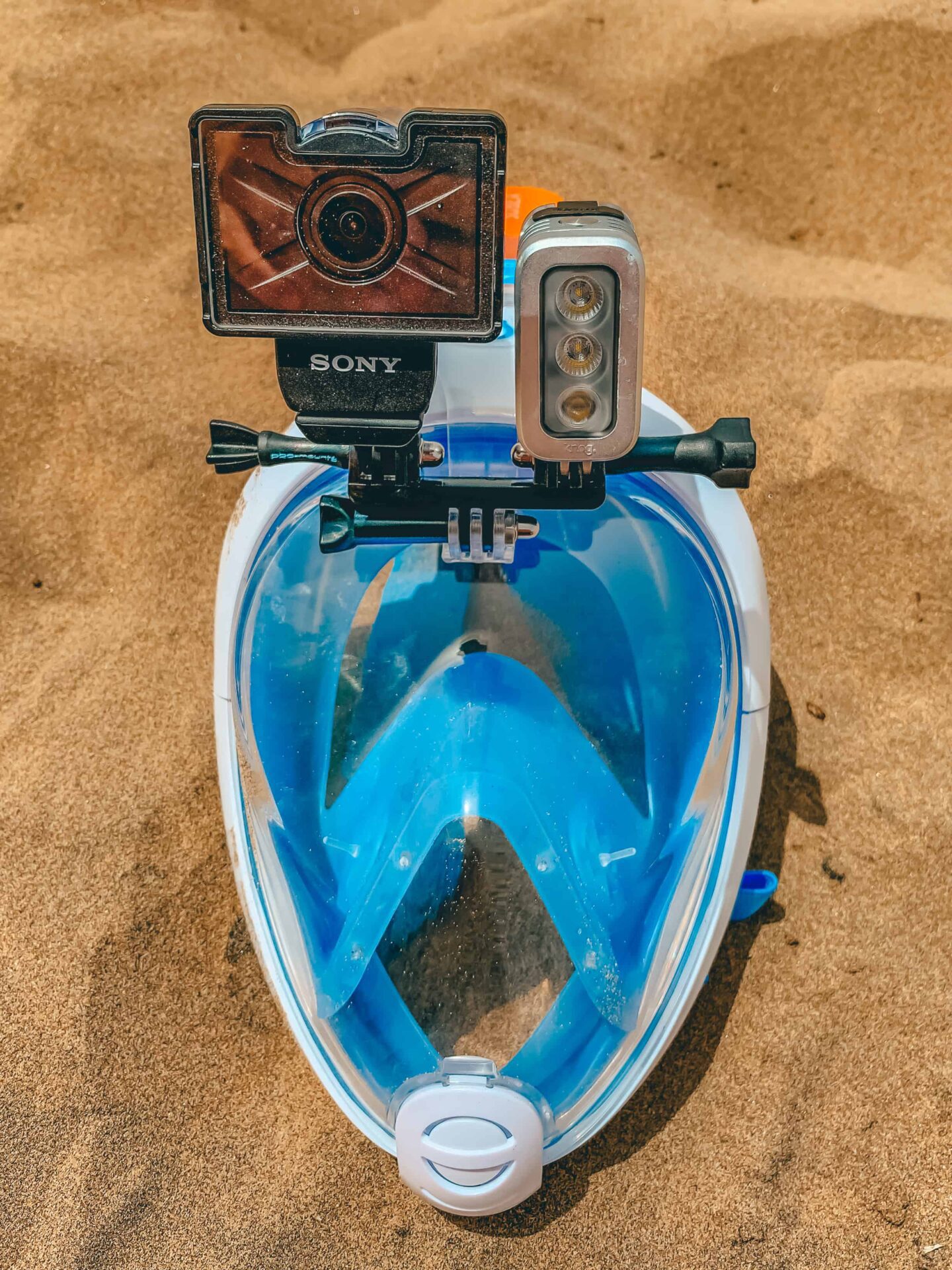
Move effortlessly underwater with a weight belt
Weight belts or vests are not only useful for extra heavy training in the gym, they are also a godsend for snorkeling! As you may know, every object has a buoyancy depending on its composition. For example, bones and muscles are heavier than water, but much other tissue such as fat is lighter than water. In addition, the temperature and salt content of the water, as well as the amount of air you breathe in, have a lot of influence on how easily you stay afloat. So also how difficult it is to stay underwater. At several locations, we have found that it took the greatest effort to swim underwater. Whereby we came one or two meters below with large rough strokes to then float back up without air.
Diving weights are a solution for this! However, if you, like us, like to fly to distant destinations, you don’t want to take kilos of lead in your suitcase. Fortunately, there is a perfect solution for this; a flexible diving belt with compartments. We use a diving belt like this one, which is equipped with pockets with some mesh at the bottom. Empty, the belt weighs almost nothing, making it easy to take on a trip. Once on the beach at the destination, we fill the pockets with some small pebbles or shells to weigh it down.
A tip is to weigh yourself down so that the waterline, when you stretch yourself vertically, is about eye level when you float. It is important to choose a belt with a safe buckle. If you get into trouble, you want to be able to take off the belt with one movement, like a seatbelt in an airplane.
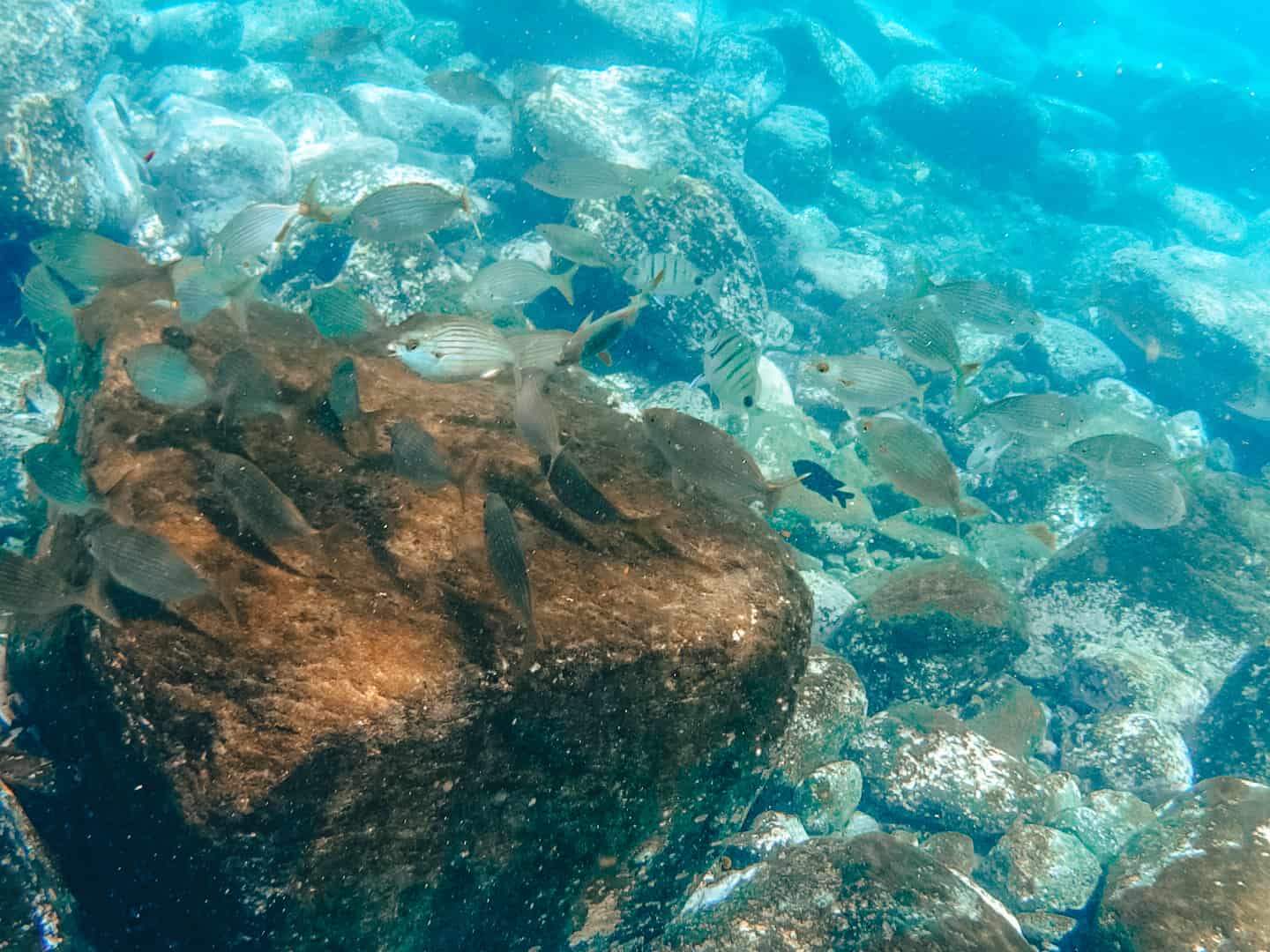
Use the proper snorkeling technique
Good snorkeling gear doesn’t have to be expensive at all, and it ensures that you will have a great underwater experience! Despite the fact that the right materials make a world of difference, it is important to also pay attention to your snorkeling technique.
Make sure to stay calm and float easily to save energy for the moments when you want to dive down. For diving itself, it is important to use the right technique because otherwise it can be very difficult to get underwater. When you dive, start by floating on your stomach and breathing slowly but deeply. Then bend your upper body to an angle of 90 degrees downwards. Then lift your feet up in the air. You are now vertical in the water and the weight of your legs will push you underwater. Now that you are on your way, it takes much less energy to dive further. Especially when you are wearing these snorkel fins.
Furthermore, it is important to keep an eye on your surroundings so that you do not drift too far and see any dangers coming in time. It is also always advisable to go snorkeling with a group where some snorkelers keep an eye on the surroundings when you are underwater. Are you going alone? Consider taking an easy-to-carry inflatable snorkel buoy with you.
Don’t forget to respond to this article with any questions, comments or snorkeling experiences!


